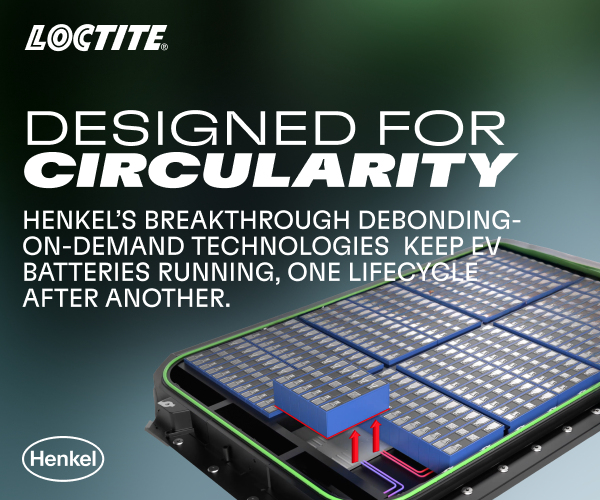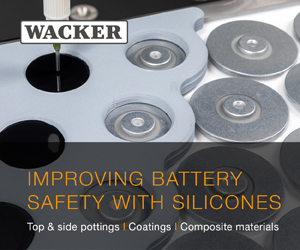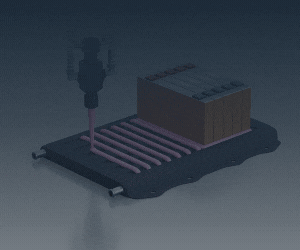Electric ferry targets 2026
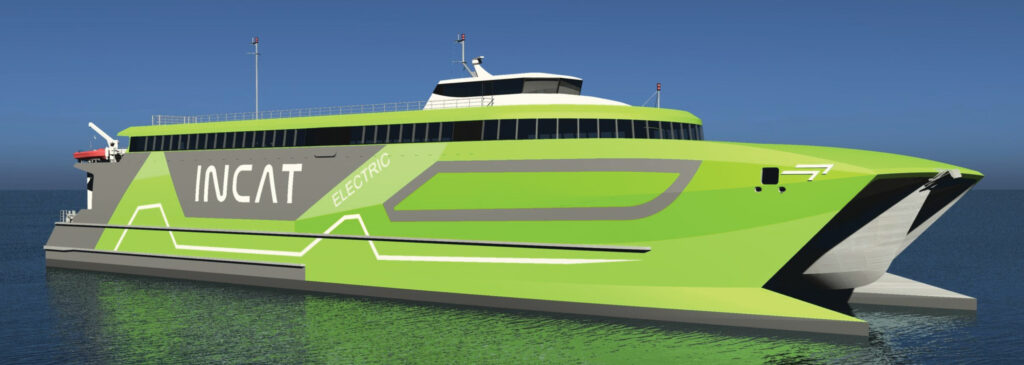
(Image courtesy of Incat)
Incat in Australia is constructing a 78 m hybrid electric ferry that will be ready for operation in the first half of 2026, writes Nick Flaherty.
The 78 m craft, as yet unnamed, has flexible propulsion options with a fully electric battery system of up to 12 MWh as well as hybrid and generator-assisted options. The system supports charging at rates up to 10 MW to reduce the turnaround time.
The vessel can carry 600 passengers and the 12 MWh pack gives it a top speed of 27 knots. Additionally, two 230 kW bow thrusters provide enhanced manoeuvrability.
The design incorporates lessons learned from the world’s largest battery-electric ship, the 130 m Hull 096, aimed at cruise ship operations and set to launch on May 1, 2025.
Hull 096 uses an electrical system developed by Wärtsilä and the Dolphin NextGen battery system from Corvus Energy that is expected to be used for this smaller version. The battery system for Hull 096, based on the Corvus Blue Whale architecture, incorporates lithium-iron-phosphate (LFP) batteries with mechanical and electrical design specifications of a 48.23 kWh, 80 V DC module with capacity of 628 Ah. This provides a pack size ranging from 336 kWh at 560 V to 5.4 MWh at 1120 V with forced air cooling.
However, the Dolphin power variant likely to be used for the electric ferry uses lithium NCA (nickel-cobalt-aluminium oxide) cells for faster charging in a 6.56 kWh, 50 V module that holds 152 Ah. This would lead to a battery system with over 1800 modules that weighs 86 tonnes.
A sister ship in the pipeline could be available within 12 months.
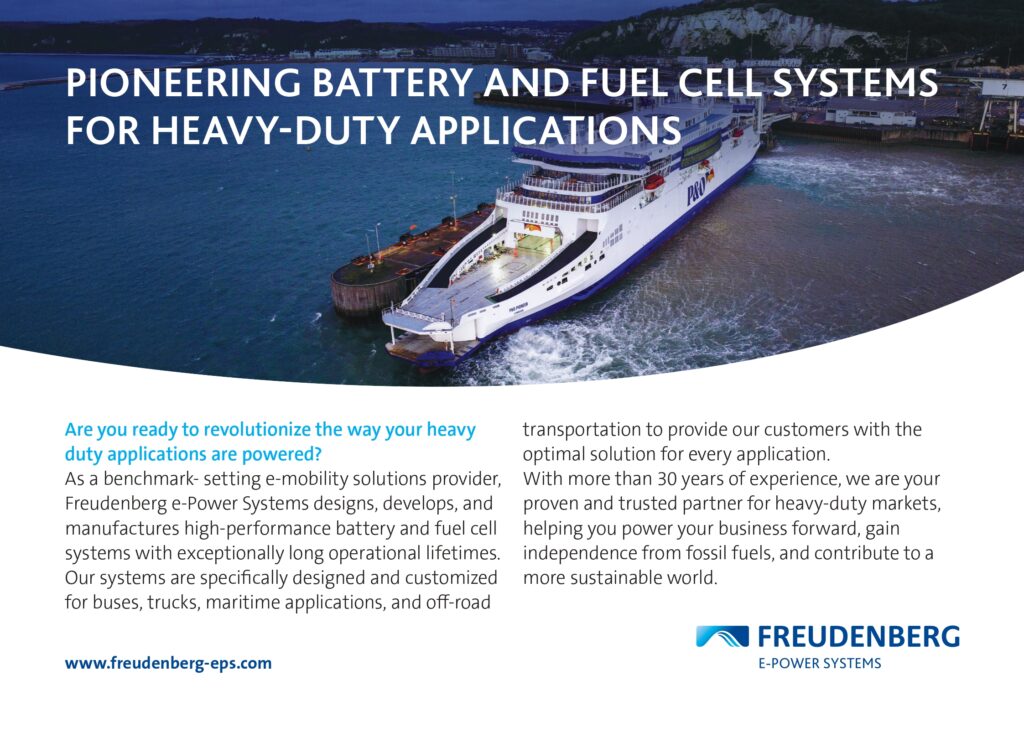
Click here to read the latest issue of E-Mobility Engineering.
ONLINE PARTNERS















